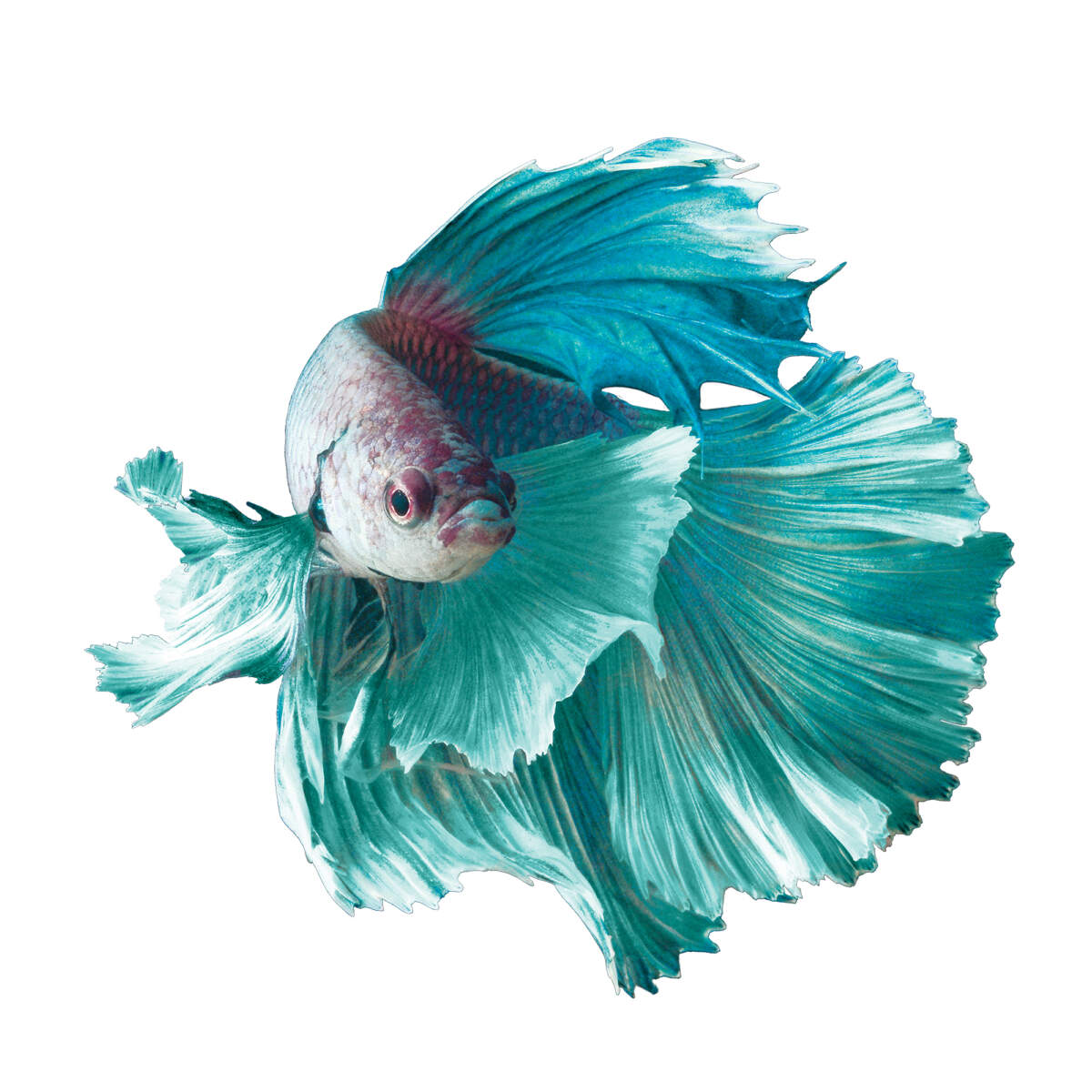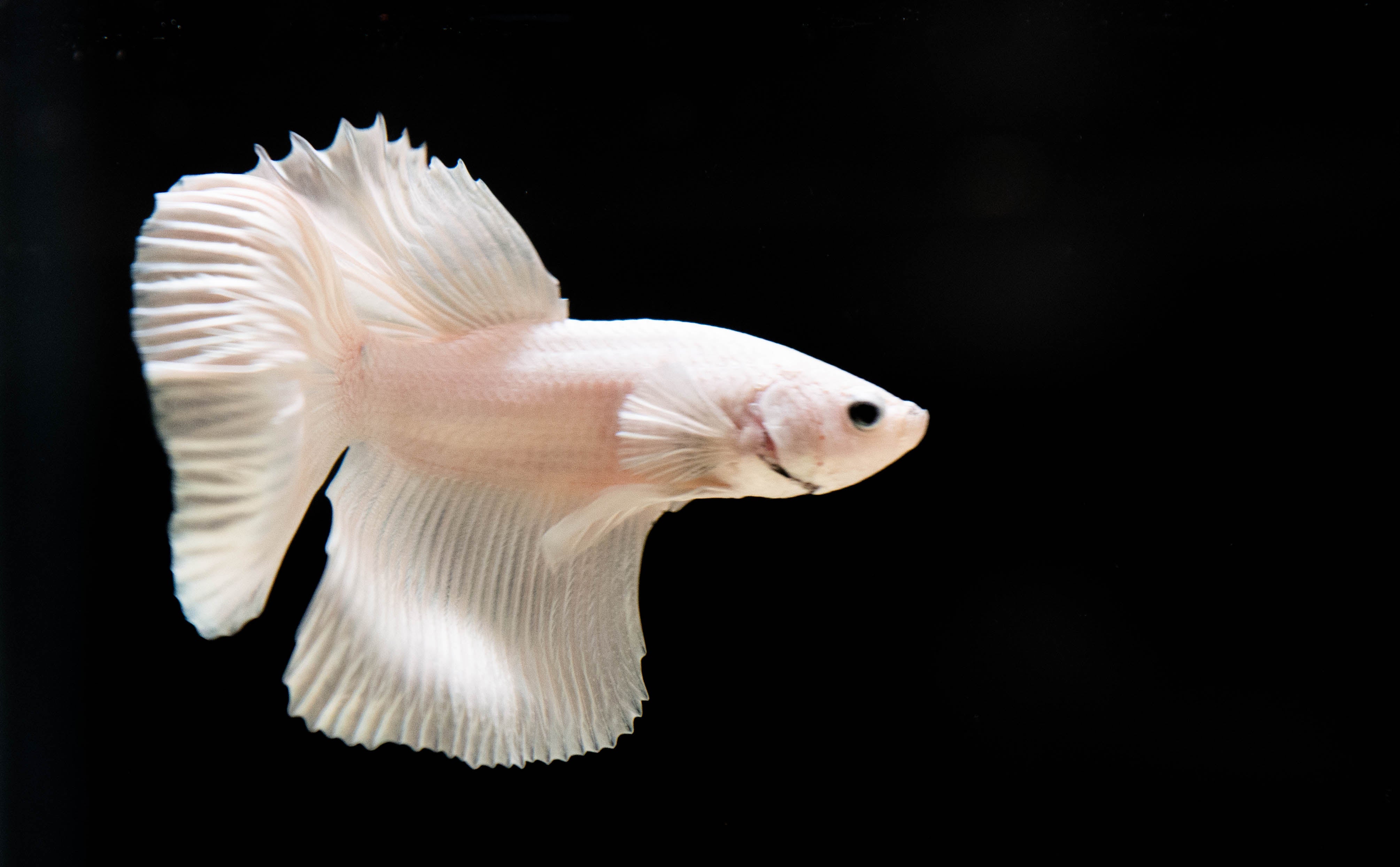Betta Fish Lifespan: Just How to Ensure Your Betta Lives Longer
Betta Fish Lifespan: Just How to Ensure Your Betta Lives Longer
Blog Article
Everything About Betta Fish: Recognizing Their Distinct Demands, Habits, and the Best Practices for Optimal Treatment
Recognizing the special demands and actions of Betta fish is necessary for any type of aquarist looking to supply ideal care. These fascinating animals, native to the warm waters of Southeast Asia, show distinct territorial propensities and need specific environmental conditions to grow. From choosing the right storage tank dimension to recognizing possible health and wellness issues, various elements substantially influence their well-being. As we check out these elements better, the implications for both amateur and seasoned fish caretakers come to be increasingly apparent, increasing questions concerning exactly how ideal to accommodate these exceptional fish in our homes.
Betta Fish Review
Although typically admired for their vivid colors and flowing fins, Betta fish, scientifically referred to as Betta splendens, are complex animals that need details like flourish. Stemming from Southeast Asia, these freshwater fish are understood for their territorial nature and unique behaviors. Betta fish display sex-related dimorphism, with men showing more vibrant colors and longer fins than women.
Their hostile tendencies, especially among males, demand cautious factor to consider when real estate them. Bettas are usually kept in single-specimen storage tanks to stop territorial disputes. They can exist together quietly with particular compatible varieties in larger community containers, provided the atmosphere meets their demands.

To make certain ideal treatment, aquarists need to understand their unique behavioral traits, dietary requirements, and habitat requirements. betta fish. With appropriate attention, Betta fish can exhibit their dynamic personalities and flourish in a properly maintained fish tank setup
Natural Habitat and Setting
Betta fish prosper in a varied series of all-natural environments, primarily located in the superficial waters of Southeast Asia, including rice paddies, swamps, and slow-moving streams. These atmospheres are characterized by cozy temperature levels, generally in between 75 ° F and 82 ° F(24 ° C and 28 ° C ), and a pH degree varying from 6.5 to 7.5, which is suitable for their health and wellness and health.
In their natural environments, Betta fish are accustomed to thick plant life, giving both shelter and breeding premises. The presence of plants such as floating water lilies and thick turfs not only offers security from predators yet also contributes to the oxygenation of the water, which is vital for their breathing needs. Furthermore, these settings usually have areas of still water, permitting Betta fish to show their all-natural habits such as bubble nesting.
Recognizing the natural habitat of Betta fish is important for fish tank fanatics. Duplicating these problems-- via water temperature, pH equilibrium, and the addition of online plants-- can substantially enhance the overall health and durability of these captivating fish, guaranteeing they grow in a home aquarium setting.
Social Habits and Communications
Recognizing the social habits and communications of Betta fish is important for effective aquarium administration. Betta fish, or Siamese fighting fish, are known for their special behavior characteristics, characterized mostly by territoriality and hostility.
On the other hand, female Bettas exhibit less aggressive behavior and can coexist in groups, referred to as sororities, if introduced effectively. It is critical to monitor their communications very closely, as hierarchy and supremacy can lead to disputes. Recognizing the dynamics within a you can try here Betta area is vital; developing concealing spots and guaranteeing enough room can reduce aggressiveness.
On top of that, Betta fish might also show interest and social actions towards various other varieties. While they can coexist with particular non-aggressive container companions, it is important to choose suitable species to avoid stress and aggressiveness. On the whole, identifying these social interactions is vital to cultivating an unified fish tank atmosphere for Betta fish.
Crucial Treatment Guidelines
Giving correct look after Betta fish is vital to their health and wellness and health. To ensure a thriving environment, it is important to keep find here optimal water problems. The water temperature level should be kept in between 76 ° F and 82 ° F(24 ° C to 28 ° C), while pH levels need to vary from 6.5 to 7.5. Routine water adjustments-- about 25% weekly-- help preserve water high quality.
Betta fish call for a suitable storage tank dimension; a minimum of 5 gallons is recommended to supply appropriate space for swimming and hiding. Consist of designs and plants to produce a revitalizing setting, but avoid sharp items that might damage their delicate fins.

Finally, guarantee the tank is furnished with a filter to maintain the water clean, but use a gentle filter to prevent solid currents that can stress the fish. By following these important treatment standards, proprietors can promote a healthy and balanced click to read more and dynamic Betta fish.
Common Health Issues and Solutions
In the treatment of Betta fish, awareness of typical health problems is crucial for preserving their health. One common issue is fin rot, usually caused by bad water top quality or microbial infection. Symptoms consist of torn or tarnished fins. To treat fin rot, improve water conditions and consider utilizing a broad-spectrum antibiotic.
An additional common ailment is ich, a parasitic infection identified by white places on the fish's body (betta fish). Therapy entails raising water temperature level and including fish tank salt to the tank, as this can assist eliminate the bloodsucker
Swim bladder problem is additionally frequently observed, bring about buoyancy issues. This condition may arise from overfeeding or irregularity. A fasting period of 24-48 hours, followed by a diet plan of blanched peas, can supply alleviation.
Lastly, bettas might endure from velvet condition, shown by a gold dust-like appearance on their skin. Treatment generally calls for medication especially designed for outside bloodsuckers, alongside improved storage tank health.
Regular monitoring of water specifications, keeping a tidy atmosphere, and offering a well balanced diet are important safety nets. By resolving these wellness issues without delay, Betta fish can lead much healthier, more vibrant lives.
Final Thought
In summary, successful betta fish treatment requires an understanding of their one-of-a-kind requirements and actions. Regular tracking of health and wellness and water high quality, along with a balanced diet, adds to the long life and vibrancy of betta fish.
Report this page